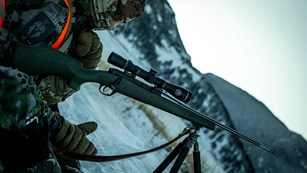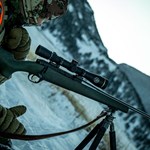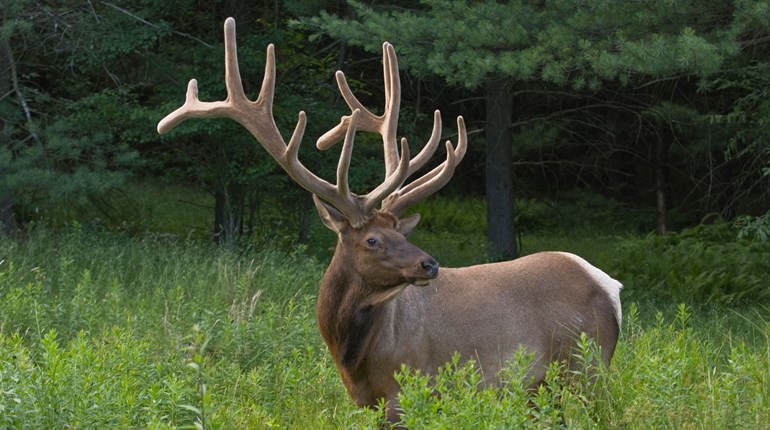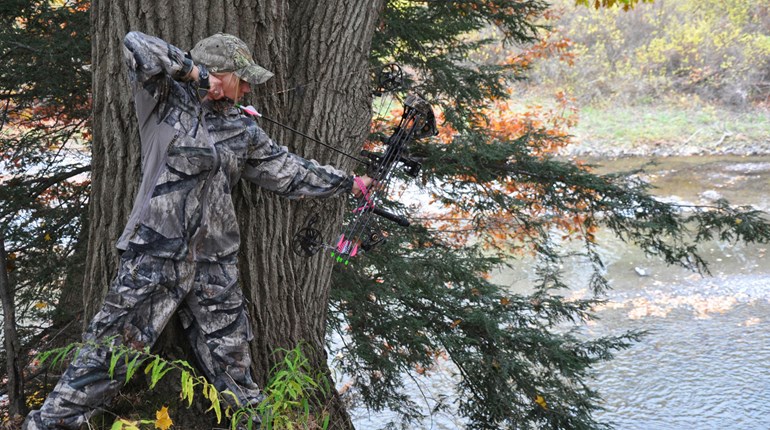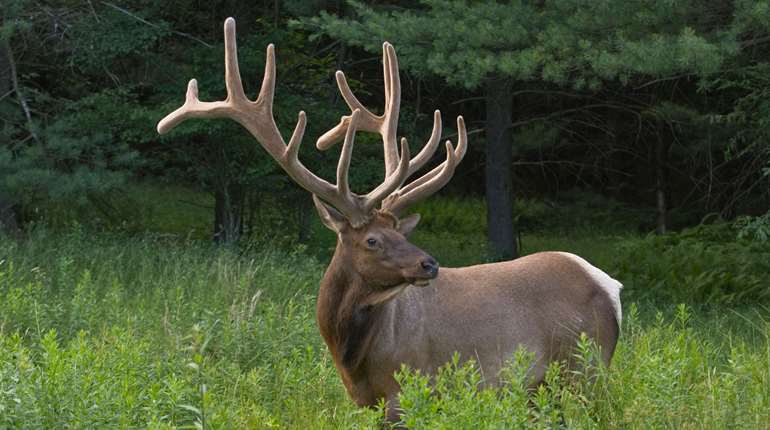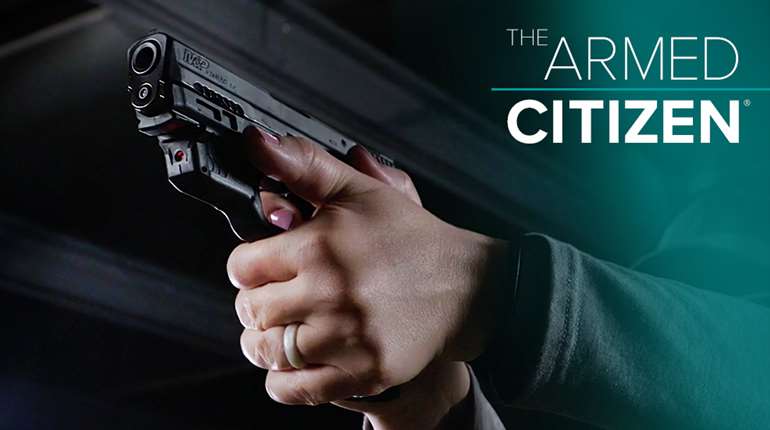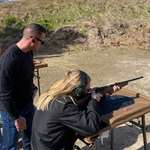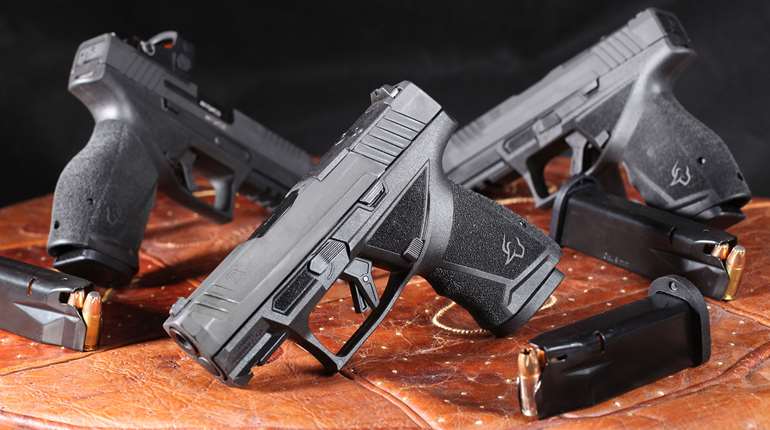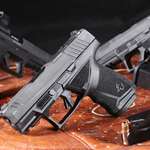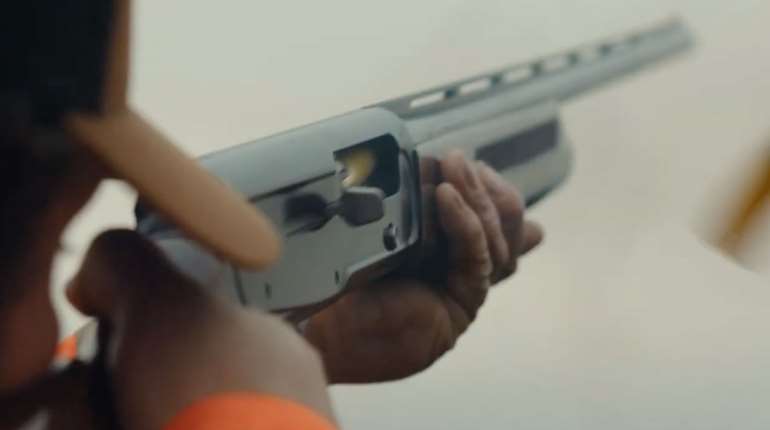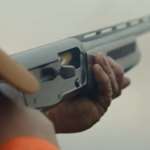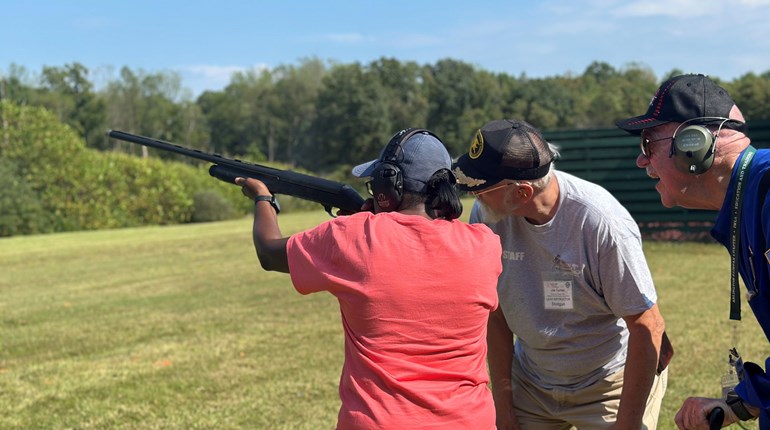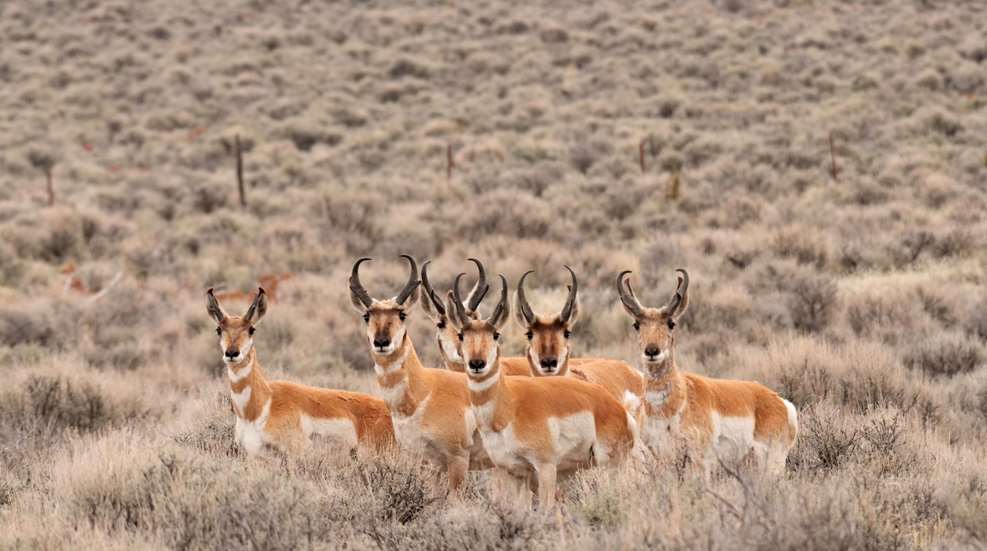
In my book, pronghorn are one of the coolest animals on the planet. They’re an iconic symbol of the West, they’re uniquely American, and they’re absolutely delicious when properly cared for. They’re also a ton of fun to hunt, but if you’re new to pronghorn hunting, you might have noticed that a really big pronghorn doesn’t look a whole lot different from an average or even a smallish pronghorn. It’s not like hunting elk or whitetail, where a “trophy” is a know-it-when-you-see-it situation. Pronghorn are tricky to evaluate in the field, but follow these tips to pick out a shooter.
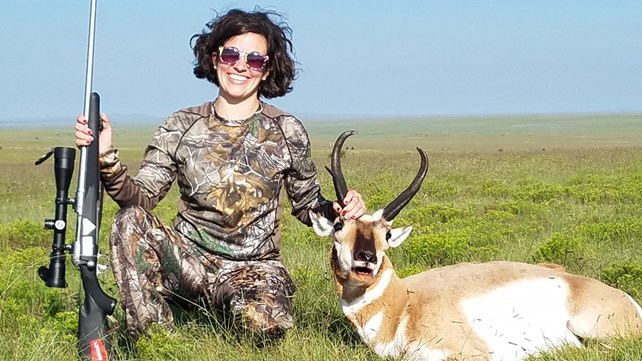
First, understand what you’re looking for. A pronghorn makes the Boone & Crockett record books at a score of 80 inches. That’s a really nice pronghorn, and if you’re new to hunting them, I don’t recommend holding out for one that size unless you’ve just really got your heart set on it. A mature pronghorn measuring close to 70 inches or a bit less will be a fine goal to shoot for, and that’s still a good-sized animal. Though I’ll mention score several times in this article, what I’m really trying to teach you here is how to shoot a pronghorn you’ll be happy with without having to hold out for a record-book-sized animal.
Second, when field judging, try to look at the animal through your optics from as many angles as possible—head-on and from the side, especially. Some have horns that go straight up, while other sweep back or slightly out. Width does not matter with pronghorn score (unless you just like how it looks), but length does, and length can be hard to judge from just one angle if the horns don’t go straight up.
There are three main things to evaluate when field-judging a pronghorn: mass, prongs and height/length.
Mass
The thickness of a pronghorn’s horns is a big component of what makes him a shooter. For official scoring purposes, if that matters to you, mass is measured at multiple points along the horns. Until you’ve seen a whole lot of pronghorn and gotten accustomed to what thick horns look like, a good way to estimate mass is to use the animal’s eye as a measuring stick.
A pronghorn’s eye is approximately two inches wide. If the base of its horns is at least as wide as the eye, it’s safe to assume the base has a circumference in the range of five inches, which is pretty decent. If you’re holding out for an 80-incher, you’re looking for a base that’s at least one and a half times as wide as the eye. You’ll want to view the animal from the side and the front before you make your final determination regarding how the eye size relates to the base size.
The horns get thinner as they get taller, but a really good pronghorn will keep a good bit of mass above his prongs. If his horns are at least two-thirds the width of his eyes above the prong, that’s a great sign.
Prongs
First, look at where the prong starts. If it’s below his ears, pass—that’s a relatively young antelope. If the prong starts at or above the ears, try to estimate how long it might be from the back of the horn to the tip of the prong, using the eye width (two inches) and ear height (about six inches) as measuring sticks. Six inches or more is a very nice, likely record-book, pronghorn. For a normal shooter buck, three to four inches is what you’re looking for. In general, the prongs on a good pronghorn will look pronounced. They won’t appear as little spikes shooting off the main horn, but more like big, obvious prongs jutting out.
Prongs aren’t the only factor, of course, and it’s not unheard of for a really big antelope to have thick, tall horns with puny little prongs. If you like the way he looks, shoot him in spite of the short prongs.
Height/Length
Because pronghorn horns curl at the tips, length can be hard to judge. Try to envision how long they’d be if they were straight—you’ll need to see him from the side to fully evaluate this. You’ll want a shooter buck to have horns at least twice as long as his ears, minimum—two and a half times, at least, if you’re looking to make the record book. Horn length three times the length of the ears indicates an exceptional pronghorn.
Shoot What You Like
If you’re not hung up on score and not trying to make the record book, keep this simple and just shoot an animal that looks good to you. Do you like height? Big chunky prongs? A deep curve on the end of the horn? A wide-set, nontypical, asymmetrical shape?
Some pronghorn have tall but skinny horns with little mass. They won’t score well, but they look cool. Some have big, thick bases that taper off dramatically. They won’t score super high, either, but if you like the way it looks, shoot him. Some have round bases while others are flat and wide—the circumference is what matters as far as mass is concerned, but you might prefer one look over the other.
When it comes to field-judging pronghorn, the good news is that a great one looks a lot like an average one to the untrained eye—I always said all the friends who visit my home in the South can’t tell the difference and will be impressed either way! The bad news is that an average pronghorn looks a lot like an immature one, which makes field-judging tricky. When in doubt, look for these three simple things to shoot an average-sized-or-better pronghorn:
- Bases at least as wide as the eye
- Horns at least twice as long as the ears
- A prong that starts at or above the ears








